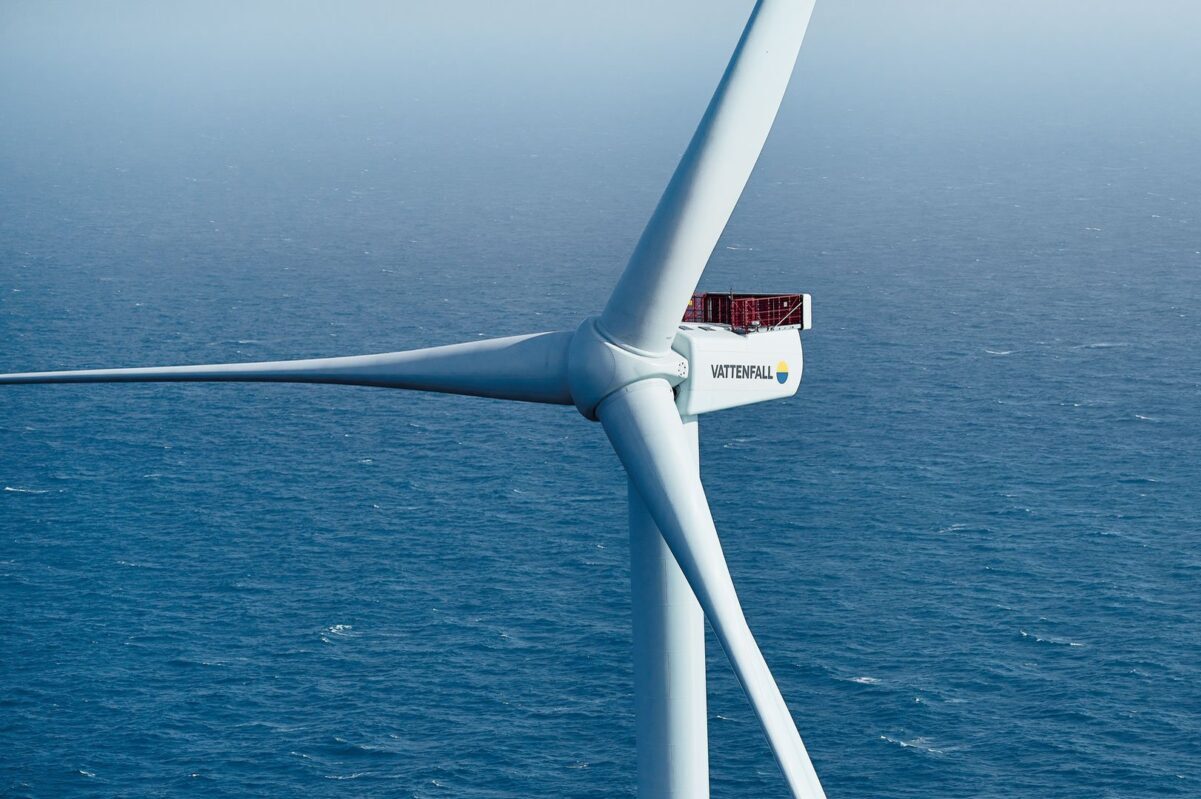The Importance of Mesoscale Simulation for Offshore Wind Facilities

Because of the absence of varied topography in the offshore region, project planners may be tempted to avoid using mesoscale modeling to analyze the planned wind energy production. There are, however, significant technical grounds to believe that this is not the best option.
Mesoscale models are used to predict all atmospheric phenomena that affect wind farm operation. Periodic storm patterns, weather factions, land surface activities, boundary layer disturbances, thermal fluxes, gravitational waves, and so on are all studied.
Mesoscale models represent the great majority of the complete scope of wind flow occurrences for wind energy supply application needs. Larger grid spacing is often as successfully represented with grid spacing closer to 1 km owing to the absence of varied topography and the enormous dimensions involved.

The wind energy sector, however, is continuing to quickly expand offshore development. On the other hand, the need for precise wind resources and site suitability estimations cannot be overstated.
So, does the lack of supporting topography and ground surface variability in the offshore setting prevent mesoscale modeling from being useful? The response is definitely “no.”
The atmospheric research community has created mesoscale models that accurately depict air-sea energy exchange mechanisms. This is why they have traditionally been used to forecast climate both on land and at sea.
Aside from that, mesoscale models involve scientific techniques created by atmospheric academic researchers to reflect the distinct and extremely different surface properties of both land and ocean environments. As a result, the models are especially well equipped to precisely reproduce this coastal variation.
Furthermore, mesoscale model findings may be utilized to evaluate turbulence strength, severe winds, and other site appropriateness factors. When the simulations are run consistently for a defined length of time, they give time-series output throughout the facility, which is becoming more critical for accurate loss estimates and investment analysis.
